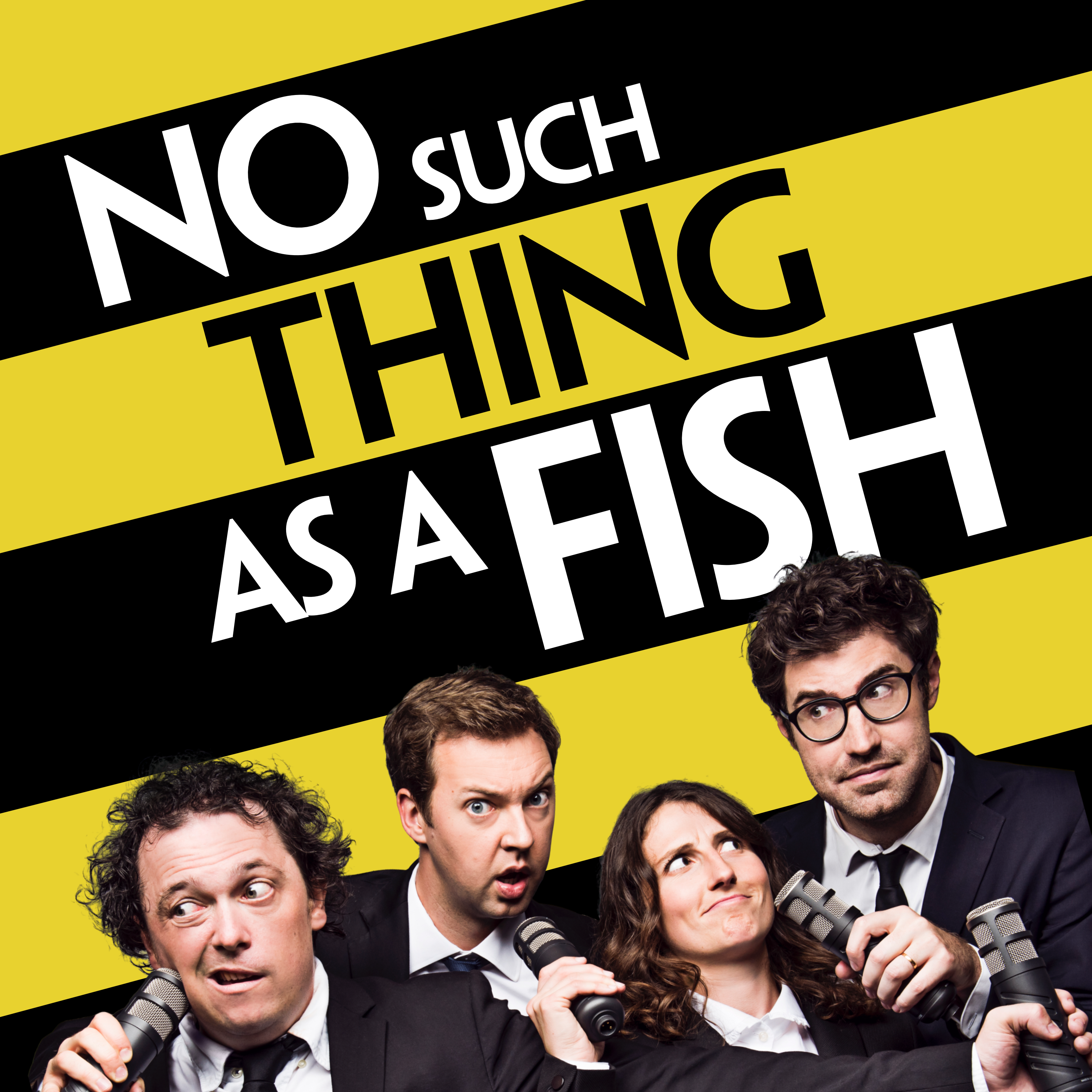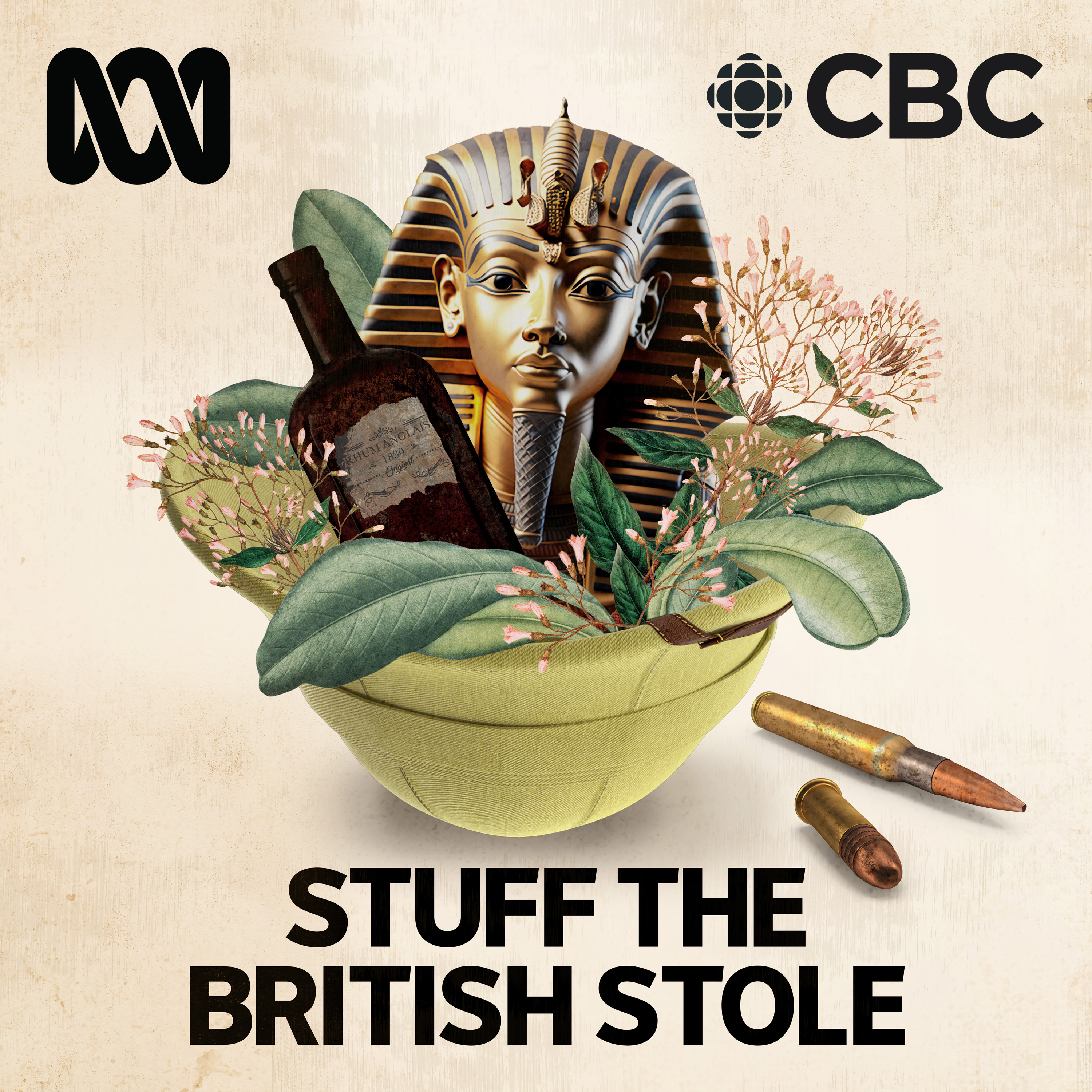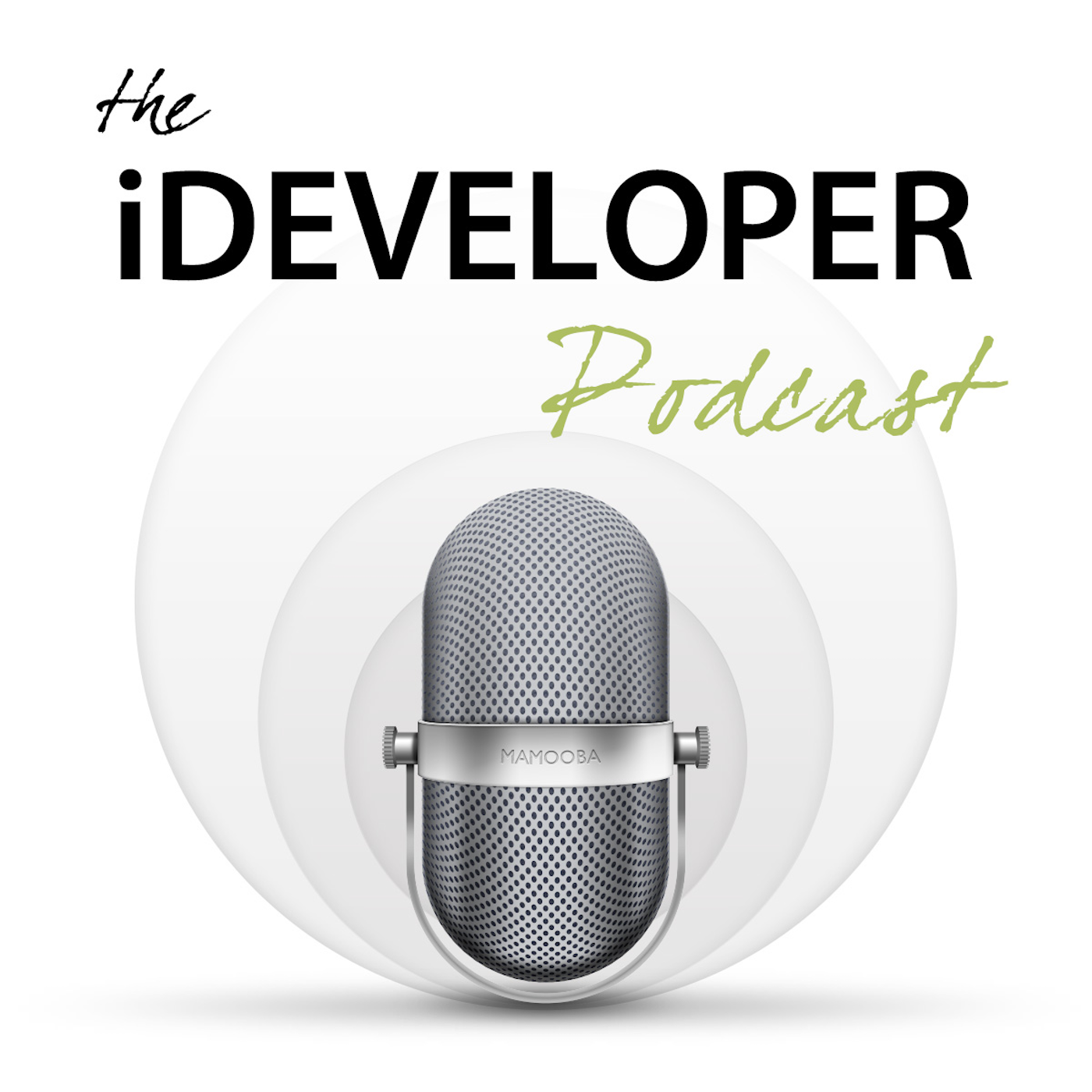
Piano, finally
Piano Finally is a podcast by an old bloke who is learning the piano, finally. I cover the process of learning the piano and music theory as an adult learner. I also review piano books, hardware and other materials from an adult learner's perspective.
Piano, finally
Episode 47 - Making it up
Welcome back! In this episode of Piano, finally, I talk about a week of not-much-practice, school restarting, and musical surprises—including a band at a diocesan staff day that, while technically solid, wasn’t quite my style.
🎭 On Stage
If you're in Sydney or the Blue Mountains, tickets are now on sale for the Blue Mountains Musical Society’s production of Come From Away, on at Springwood later this month.
Tickets: https://www.bluemountainstheatre.com.au/what-s-on/season-2025/come-from-away/
🎼 Streaming Spotlight
I caught Yunchan Lim’s phenomenal performance of Bach’s Goldberg Variations at Carnegie Hall via Stage+. As the youngest winner of the Van Cliburn competition, he delivered 80 uninterrupted minutes of brilliance—and possibly some sneaky B-roll camera work.
Watch on Stage+: https://www.stage-plus.com/video/live_concert_9HKNCPA3DTN66PBIEHFJGE9I
🎧 Podcast of the Week
This week’s recommendation is Musicianship Mastery by David Lane—formerly The Musician’s Toolkit. Now back to a weekly schedule, the show focuses on practical musicianship skills. Highlights include why memorisation matters and an inspiring interview with Michael Hall on blending Western classical and Indonesian music.
Listen on Apple Podcasts: https://podcasts.apple.com/au/podcast/musicianship-mastery-with-david-lane/id1661500413
🎹 New Gear – Nord Stage 4
Yes, I bought a Nord Stage 4—a top-tier stage piano blending organ, piano, and synth engines. I’m halfway through a great course by Marc Larochelle at MyKeysToMusic. The Nord’s 384 built-in programs have nudged me toward improvisation—something I hadn’t seriously explored before. Turns out, just playing around with sounds can be surprisingly useful.
More on the Nord Stage 4: https://www.nordkeyboards.com/products/nord-stage-4
🥁 Review – Roland TR-6S Drum Machine
Never clicked with metronomes, so I turned to the Roland Aira TR-6S drum machine instead. It’s musical, easy to use, and blends well with piano practice. I picked mine up from Turramurra Music—though they’re currently out of stock.
Roland product page: https://www.roland.com/GLOBAL/products/tr-6s
Where I bought it: https://www.turramusic.com.au/products/roland-tr-6s
🎶 Progress Update
This week includes Spindler’s Canon again—now with a drum machine hand clap—plus two Andrew Craggs pieces. The Mozart is com
You can contact me:
- via email at david@pianofinally.show; this is probably the best option
- the show website, www.pianofinally.show
- Instagram and Threads @pianofinally
- and on YouTube
- all the podcast directories - list
- here's the RSS feed
Some of the links to books and other items mentioned in the podcast are affiliate links for Amazon or other providers. If you use one of these links, a commission may be paid to me at no additional cost to you. Thank you if you use a link.
All reviews of products, websites and services are unpaid, and no sponsorship has been received for any content on this podcast.
Episode 47 – Making it up
G’day, everyone. I’m David Reidy; welcome to Piano, finally, a podcast by an old bloke who is getting around to learning the piano, finally.
[Crab Canon]
Welcome
Welcome to show forty-seven. Thank you very much for joining me. If this is the first time you’re listening to the podcast, I hope you enjoy what you hear. If you’ve returned for another episode, then thanks. If you, too, are learning the piano or another musical instrument, let me know how you’re going with it. You can contact me at david@pianofinally.show.
It’s the first week back at school, so there has been a lot happening. Piano lessons haven’t started again yet, Devi is still overseas, and so the piano term is starting late. Possibly just as well, I didn’t get a lot of practice done this week, as I kept getting home very late each evening. Still, there was some music. There was a get-together for all the schools in the diocese on the day before the students returned to classes. It included a live band that played guitars, keyboards, and drums at various times throughout the day. They were quite good, it just wasn’t my type of music.
If you’re in Sydney or the Blue Mountains, tickets are available for the Blue Mountains Musical Society production of Come From Away. It is on at the Blue Mountains Theatre in Springwood towards the end of the month. I’ll put a link to their ticket site in the show notes. Their production of Catch Me If You Can last year was really good. How did I know this was coming up? There is a banner on the footbridge over the highway near where I live.
https://www.bluemountainstheatre.com.au/what-s-on/season-2025/come-from-away/
I caught Yunchan Lim’s performance of Bach’s Goldberg Variations at Carnegie Hall. Of course, the music was fantastic, and the production on Stage+ was the usual high standard. Yunchan is the youngest ever winner of the Van Cliburn International Piano Competition, and this performance pretty much shows why.
I think they possibly cheated a bit and used some B-roll footage, possibly from a rehearsal, as some of the camera angles of Yunchan’s hands could not have been captured during the main performance without the camera operator being seen. I found the most impressive thing to be that the Goldberg Variations are around eighty minutes long, and Yunchan played them straight through. I can’t imagine how much work must have gone into preparing them. Anyway, if you can, I’d recommend catching this performance; there’s a link in the show notes, and the performance will be available in the Stage+ archive soon.
https://www.stage-plus.com/video/live_concert_9HKNCPA3DTN66PBIEHFJGE9I
[Crab Canon]
Podcast – Musicianship Mastery
I have previously mentioned David Lane, the host of this week’s podcast suggestion, back in Episode fifteen, I said that I had been listening to The Musician’s Toolkit. After a hundred episodes of that show, Mr Lane took a bit of a break and made some changes.
The Musician’s Toolkit had been a weekly podcast, and Mr Lane decided that when he returned from the break, the schedule would change to once or twice a month. That didn’t last, and the podcast has now returned to a weekly schedule, although the episodes are not a bit shorter. What did last, though, was the name change; the podcast is now called Musicianship Mastery. It’s very similar to the first hundred episodes, with a slight tweak to the emphasis.
The podcast always examined the skills needed to be a decent musician, but it was interspersed with other topics as well. The new incarnation of the podcast is more focused on these skills. Although there is some leaning towards the performing musician, a lot of the information is just as valuable for the amateur. The most recent episode looked at why memorisation of music is important, even when you are just playing for enjoyment.
Other recent episodes have looked at practising, playing with groups in bands or orchestras and why summer camp is a good idea for students. Although summer camp is not something that we really have in Australia.
One notable recent episode was an interview with Michael Hall a violinist who has been involved in setting up and working with a symphony orchestra in Indonesia. The interview covers the logistics of such a task, but also the musical opportunities that arise when melding the European classical repertoire with traditional Indonesian music. It’s a great interview.
It's great having David Lane back weekly with his podcast, I’ll put a link in the show notes.
https://podcasts.apple.com/au/podcast/musicianship-mastery-with-david-lane/id1661500413
[Crab Canon]
Essay – Making it up
I have been thinking out loud about adding a new keyboard to my collection, one that I would be getting because it can do things my Kawai and Roland keyboards can’t. When I started thinking about some of my favourite pieces of contemporary music, the more popular stuff, I realised that although much of it was played using a keyboard, it wasn’t being played on a piano.
So a week ago I bought a Nord Stage 4 keyboard, it’s a stage piano that combines a pair of organs, a pair of pianos and three synthesisers into one unit. It’s Nord’s top-of-the-line product, and based on all the reviews available online, it has been pretty well received since it was introduced around two years ago. There is also a lot of content about using the Stage 4 on YouTube and even some paid courses covering all aspects of what is quite a complex device. I’m working my way through a course by Marc Larochelle at MyKeysToMusic. I’m about halfway through, and now know most of the technical aspects of the keyboard – the music is yet to come.
I’m still going to do most of my learning using the Kawai with its grand piano action, and that’s what you’ll mostly be hearing in the progress section of the podcast. The Nord uses another one of Kawai’s actions, the RN, and it feels great, but one of the reasons for getting the NV10 in the first place was to learn using a real piano keyboard rather than a simulation. Using the Nord has, however, really expanded my playing, and led me along some interesting paths.
The Nord uses programs to create its sounds. A program consists of one or more instruments combined with effects and assigned to the keyboard. Sometimes this is just a single instrument, such as the Italian Grand Piano, which is a sampled version of a Fazioli grand piano. It might be all seven instruments combined to produce a more complex sound with reverb and effects. There are 384 different programs built into the keyboard, with space for another 128 left empty, all of which can be changed to suit.
The first thing I thought I’d do was try out all the built-in programs. After a week, I’m about a third of the way through. I started by using the pieces I’m currently learning, mostly the first few bars of the Mozart, which has the advantage of doubling as practice. That was a good start, but very quickly it proved inadequate. Many of the programs split the keyboard, assigning one set of sounds to the left and a different set to the right. The keyboard can be split into quarters if needed. Splitting, though, meant that I wasn’t hearing all the sounds, so I started by playing some chords on the left and notes on the right. Completely accidentally, some of this sounded good.
Oh look! I’ve invented improvising. Back when I first started learning the piano with Devi, she mentioned improvising as one of the things worth exploring while learning. Like many, I really only associated improvisation with Jazz, music, and I’m not a big fan of Jazz, so I put the idea to one side. Intellectually, I knew that Bach and most classical composers were also improvisers. However, given the complexity of even their simplest music, which was well beyond my skill level, I didn’t follow up.
I am not claiming that the notes I have been playing around with are in any way great music, but I am getting a feel for what goes with what. I started with C major, after all; that’s the most straightforward, but I’ve also tried F and G major, as I can handle a single black key without a problem. All of this leads back to something I have been trying to get better at, based on Devi’s teaching. And that is not stopping after a mistake.
This is for playing, rather than practising. If I make a mistake while learning, I stop, go back and try to get it right five times in a row before backing up a bit and moving on. That’s a great way to learn a piece, but you can imagine that it wouldn’t work particularly well in performance.
Now, in the pieces I am refining, rather than learning, I am trying to move on from mistakes and still making it sound alright. I’m not there yet, and most of the time, the attempt at recovery ends up going nowhere. But a couple of times now, I’ve been able to recover enough to pick up the next bar. These aren’t pretty, and the tempo pretty much goes out the door while I’m making things up, but it is certainly better than it was even a couple of months ago.
I think the improvement is coming down to the “playing around with the keys”, which is what I think improvising is at the moment. I’ve found that if it is only going to take a step or a skip, I can usually get it right, much further than that, and I’m not great at hitting the right note on the first go. But I’m seeing some improvement.
Exploring with the Stage 4 is giving me an excuse to simply play with the notes and sounds, and given the huge range of different noises that it can make, I’m having a lot of fun. And it is helping the more formal piano learning I’m doing. There are still more than two hundred programs to explore before I start trying to make some of my own, and I’m hoping that investigating them will help me on the way to improving my improvising.
[Crab Canon]
Review – Roland Aira TR-6S
I’ve mentioned previously that I really never got the hang of using a metronome for practice. I have a small red mechanical metronome, and a more sophisticated electronic one, and there are any number of apps available for the iPhone. Still, none of them really worked for me. There were two problems I was having with the metronome. Firstly, it wasn’t really loud enough when I was playing, and if I turned it up too loud, it was distracting. Secondly, it was distinctly not musical. Although there was quite a range of possible sounds, they were designed to stand out far too much.
So I got to thinking, and realised that the metronome in a lot of bands is the drummer, so why not try a drum machine? A drum machine has the advantage that the sounds are meant to blend with other musical sounds. The machines have a wide range of different drum hits and other percussion sounds, and can handle a wide range of patterns and rhythms, though at this stage of my playing, 3/4, 4/4, and 6/8 are all I need. I started looking around.
There are some very sophisticated drum machines available, much more complex and expensive than what I need. There are also some quite cheap ones, but I decided to go in the middle. One thing I’ve learned since I started learning the piano is that you are never quite sure where you might end up, and I might need a drum machine for real at some point in the future.
Taking into account what was readily available locally and watching a very large number of YouTube reviews, I settled on the Roland TR-6S Professional Rhythm Performer. The TR-6S is the smaller version of their bigger TR-8S model; it has all the same features, but runs fewer sounds simultaneously, six as opposed to eleven.
The unit has sounds from many of Roland’s drum machines of the past, machines that can be found on thousands of different records over the last four decades. I’m using the 606 sound samples, and mostly the hand clap, which I find stands out nicely when practising and which doesn’t distract from the music. Setting a tempo is as simple as turning a dial, and you can set different beats on 1/16th note intervals. It is very easy to use, and I was up and running with it in less than five minutes, and a lot of that time was spent playing with the different sounds.
I have the output of the drum machine going to one of the inputs on the mixer I use for the podcast, so balancing its level with the Kawai NV10 is really simple. It means that I can hear the hand claps clearly, but record the piano without them being in the recording.
This set-up has made it much more likely that I will set a beat when practising those pieces that I’m trying to get up to speed. It also has had the added advantage that I now know a little bit more about drumming than I did when I started.
I’ll put a link in the show notes to Roland’s information about the TR-6S and a link to the shop where I bought mine (although they now appear to be out of stock).
https://www.roland.com/GLOBAL/products/tr-6s
https://www.turramusic.com.au/products/roland-tr-6s
[Crab Canon]
Closing
Over the coming week, I’m looking forward to completing the setup of the Nord Stage 4, its stand, speakers and such. I spent a day rearranging the music room to make everything fit. There’s no chance of my getting another full-sized keyboard without some major renovations, the room is now full.
If you’d like to contact me, email is the best way. You’ll find me at david@pianofinally.show and the website at www.pianofinally.show. In both cases, pianofinally is all one word. The show is also on Instagram and available as audio-only on YouTube. You can subscribe via any popular iOS or Android podcast application or from directories such as Apple Podcasts, Spotify, or YouTube. I also post an excerpt and link for each episode as an Instagram reel.
If you’re learning an instrument, let me know where you are in your journey. What’s going well, and what are the challenges?
So, until next week, I hope your piano stays in tune and you enjoy your time at the keys.
[Crab Canon]
Progress
I’ve included the Spindler Canon again, but this time I’ve included the hand clap track from the drum machine. Additionally, there are the two Andrew Craggs pieces. I now have the Mozart working with both hands, but it is painfully slow, so I’ll leave it out until I get it to something more listenable.
The pieces were recorded using the Kawai NV10 as the keyboard and Pianoteq 8 on the M4 Pro Mac Mini, emulating the Anton Petrov grand piano in Recording One mode.
[Practice pieces]













